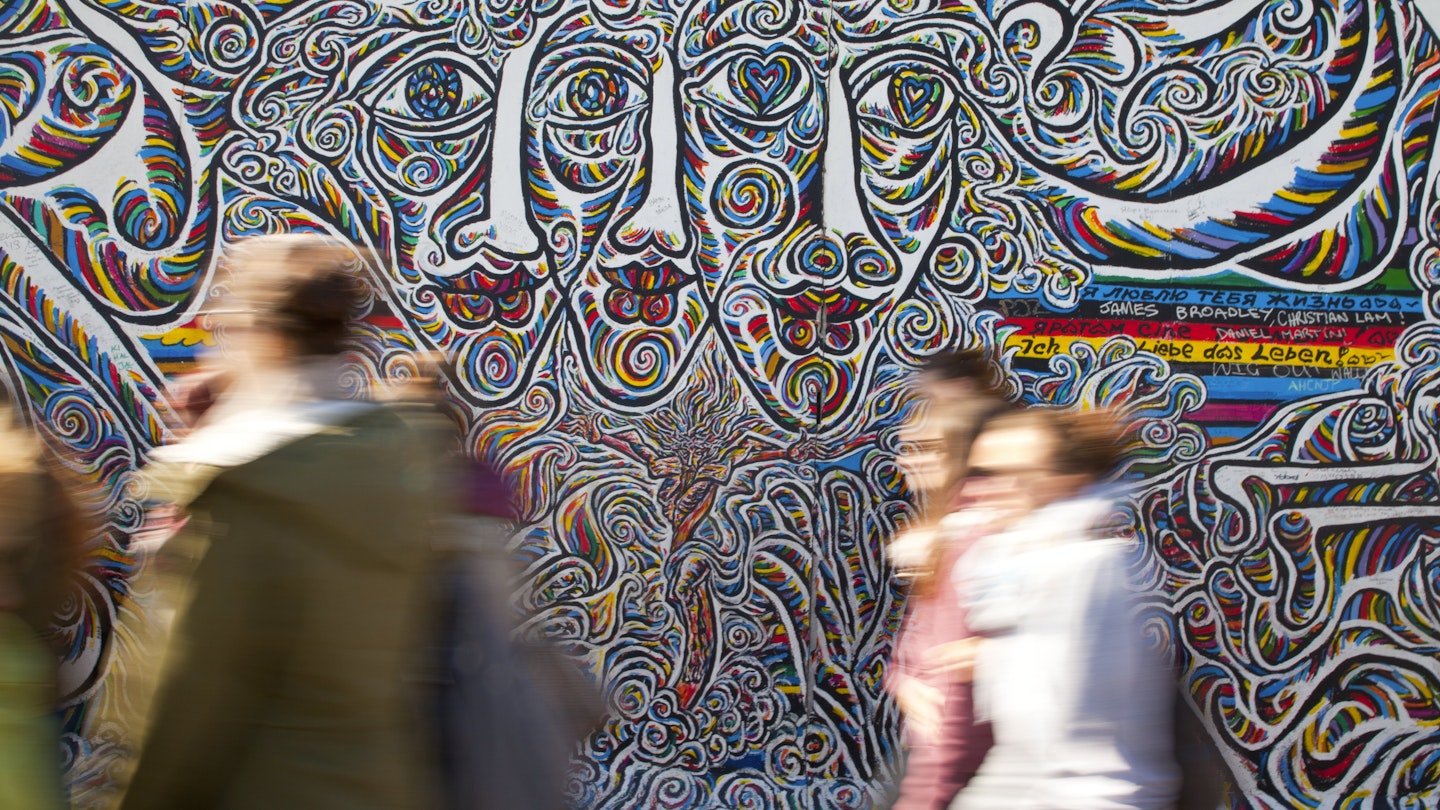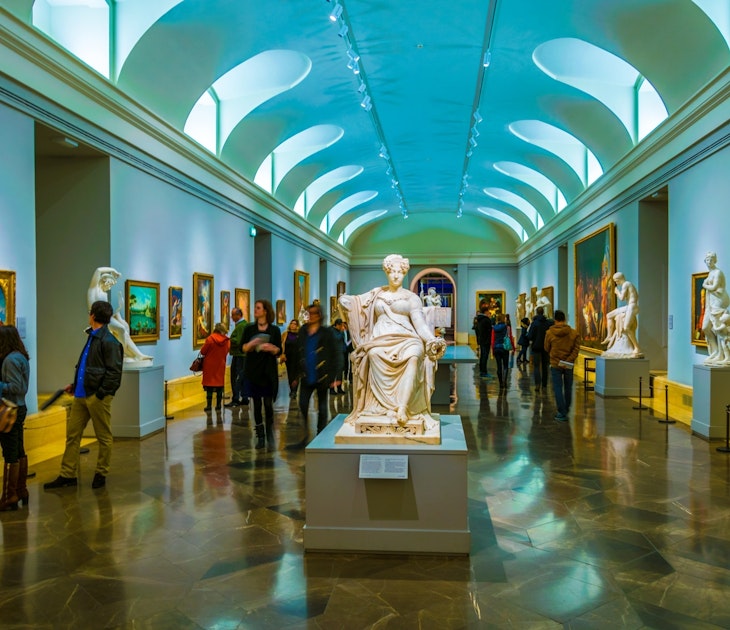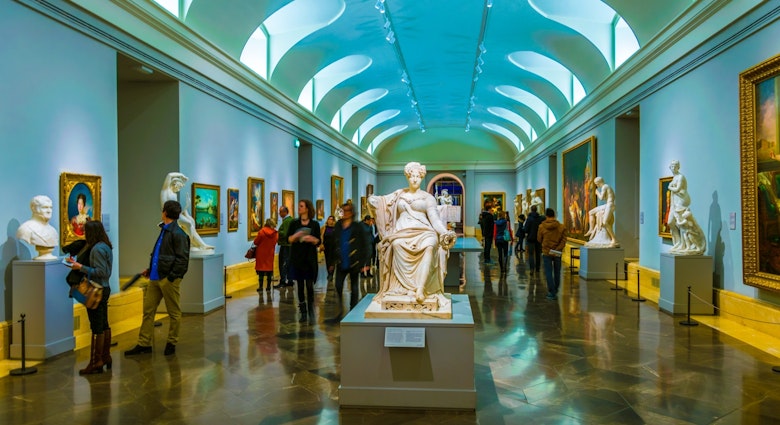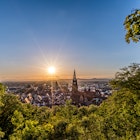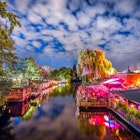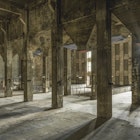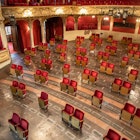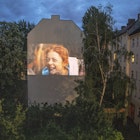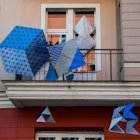World famous for its divisive wall, lively nightlife and vibrant street art, there’s a lot to like about Berlin. But its darker side might be the most endearing.
Even on the surface, few capital cities are more fascinating than Berlin. The historic capital is Germany’s greenest city for its urban parks, but it's also the country's darkest city in terms of its tumultuous past.

In that way, Berlin is a city of contradictions – a giant Germanic yin and yang. Although its namesake wall that split the city in two was toppled over 30 years ago, many invisible walls still remain today. It’s not to the point of causing any modern-day tension. But it’s certainly felt in the city’s secret, lost, or otherwise underground past.
For an inside look into Berlin’s abiding counterculture, look no further than these top-rated alternative tours.
Vibes of Berlin Bike Tour
Riding a bike is a wonderful way to see any big city, as it lets you cover more ground than walking while still satisfying all of the human senses, something both cars and buses are incapable of. Of all the alternative tours in Berlin, Vibes of Berlin is one of the best – a living, breathing monument to the “poor but sexy” city (as then-mayor Klaus Wowereit described his city in 2003).
Lasting three hours, this tour stays predominantly in East Berlin, while showcasing several active squatter blocks, high-rise gentrifiers, Soviet graveyards, and grimier parts of town that you’ll still feel safe in. It finishes in West Berlin along the largest still-standing part of the wall, while explaining how it impacted daily life both then and now.

Devil’s Mountain
Sad fact: More than 80% of Berlin was bombed by the end of World War II. There was so much rubble, that the city took more than 20 years at 80 truckloads per day to remove it all. Where did they move it? The man-made Devil’s Mountain, a 30-minute drive from downtown.
What became of the mountain? Amazingly America built and operated a spy station on top of it for more than 30 years before abandoning it at the end of the Cold War. Today, you can visit the now dilapidated complex, which eerily looks like something from a post-apocalyptic or dystopian movie. Warts and all, it’s as beautiful as it is surreal.
Rise of the Third Reich Walking Tour
Make no mistake – Nazi tours are a traditional and very popular draw for visitors to Berlin. But the incredible rise of the Third Reich in less than half a year is one filled with secrecy, murder, subterfuge, fire starters, book burnings, and deadly concentration camps. This two-hour walking tour is remarkable in that it puts everything into perspective right from ground zero to the underground bunker where Hitler committed suicide.
From the Brandenburg Gate and Reichstag, to the Murdered Jews Memorial and Checkpoint Charlie, never before has history had such a penetrating impact.

Drive a Trabant
If there’s one smile-inducing icon from Berlin’s past, it would be the two-door, two-cylinder, woefully underpowered car called the Trabant, which was manufactured in East Berlin until 1990. In this delightful 75-minute tour, you can drive one through some of the city’s most famous points of interest, all while a guide directs and navigates you over the radio.
It’s a blast that draws a lot of positive looks from bystanders and fellow drivers alike, and it might end up being the most fun you have in the beloved city.
Tempelhof Airport Walking Tour
Although Berlin is still the largest German city, it has one million fewer residents than it did at its peak during World War II. Consequently, that means a lot of buildings had to be abandoned as there weren't enough people to fill them.
The historic Tempelhof Airport was the latest to be closed more than 10 years ago. But like Devil’s Mountain, it’s now open to tourists and brimming with history. On this two-hour walking tour, you’ll explore the world’s largest underground tunnel system, air raid shelters, and secret archive bunker to learn how they were used in the ward.

DDR Museum
When it comes to discovering Berlin, nothing beats exploring both the East and West sides of the now unified city, where you are sure to observe the many differences. But as the culture has blended over the last 30 years, it can sometimes be visually difficult to tell if you’re on the east or west side.
For a concentrated and birds-eye view of how the city was once divided, head for the DDR museum. Here you can get a taste of the sights and sounds of East Berlin through reconstructed apartment buildings, actual furnishings, and interactive exhibits such as turning on a retro television. Although East Berlin is a thing of the past, it is not forgotten.
You might also like:
How to spend a perfect weekend in Berlin
A guide to Berlin clubs: organised hedonism
The best free things to do in Berlin
